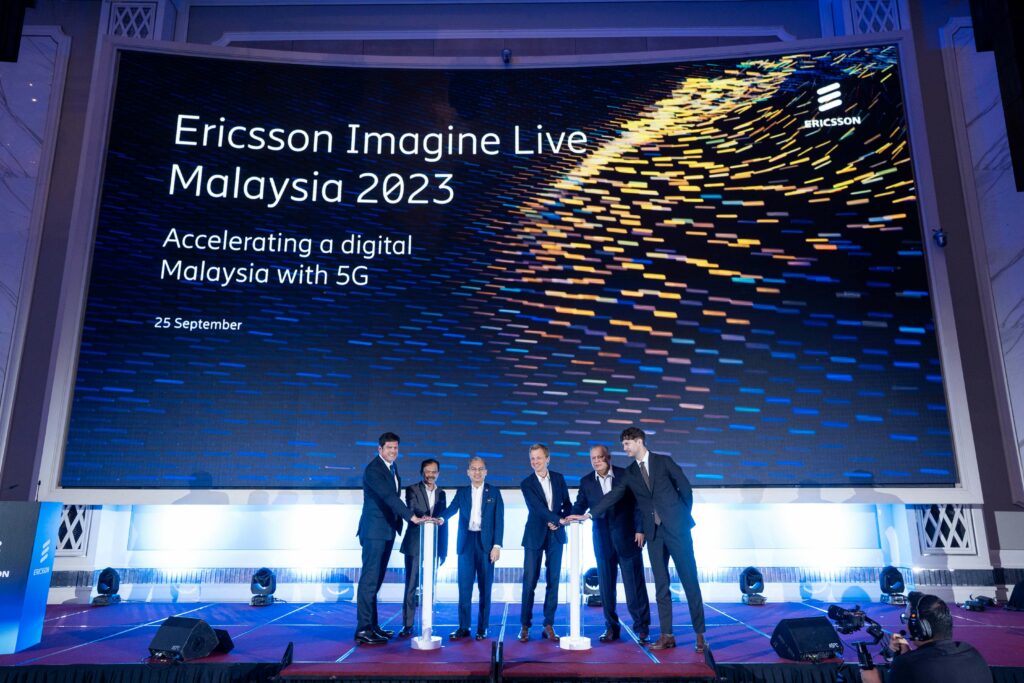Mangrove forests are important ecosystems that provide a variety of benefits, including coastal protection, erosion control, water filtration, and habitat for a diverse range of wildlife. However, mangrove forests are also under threat from a variety of factors, including deforestation, development, and climate change.
In response to these threats, Ericsson launched its flagship mangrove forest reforestation project in Malaysia in 2015. The project, called Connected Mangroves, is located along the riverbank of Kampung Dato Hormat in Sabak Bernam. It uses connected technologies such as solar-powered sensors and real-time camera footage to collect critical data and present it to local communities on a digital dashboard. This information helps the community to monitor the health of the mangrove forest and identify any potential problems early on.
The Connected Mangroves project has been very successful, with the survival rate of mangrove saplings increasing from 30% to 85% after the introduction of connected technology. The project has also helped to improve water quality and increase biodiversity in the area.
In 2023, the Connected Mangroves project was connected to Malaysia’s 5G network, establishing the foundation for future applications in industries such as agriculture. This connectivity will enable the project to collect and process data even more efficiently, and to develop new and innovative ways to manage and protect mangrove forests.
Key Benefits of Mangrove Forests:
- Coastal protection: Mangrove forests act as a natural barrier against storms, waves, and erosion.
- Water filtration: Mangrove forests filter water and remove pollutants, improving water quality.
- Habitat for wildlife: Mangrove forests are home to a diverse range of wildlife, including fish, crabs, birds, and mammals.
- Carbon sequestration: Mangrove forests absorb carbon dioxide from the atmosphere, helping to mitigate climate change.
- Economic benefits: Mangrove forests provide a number of economic benefits, such as sustainable fisheries, aquaculture, and tourism.
Ericsson introduced an Internet of Things (IoT) solution with the use of sensors, supported by mobile broadband and cloud technologies, to provide real-time information about soil and water PH and salinity levels. As a result, the mangroves reached an 85% survival rate only two years after planting. Since then, the mangrove forest and marine life are thriving again.
Success of Ericsson’s Connected Mangroves Project:
- The survival rate of mangrove saplings has increased from 30% to 85% after the introduction of connected technology.
- The project has helped to improve water quality and increase biodiversity in the area.
- The project has been connected to Malaysia’s 5G network, establishing the foundation for future applications in industries such as agriculture.
Ericsson’s Connected Mangroves project is a shining example of how technology can be used to solve environmental challenges. It is also a testament to Ericsson’s commitment to sustainability and its commitment to giving back to the communities in which it operates.
At the recently inaugurated ‘Imagine Live Malaysia 2023’, Ericsson unveiled the transformative potential of 5G to expedite Malaysia’s digital journey. Graced by dignitaries including the Minister of Communications and Digital, YB Tuan Ahmad Fahmi Fadzil, the event showcased cutting-edge 5G applications.

David Hägerbro, Head of Ericsson Malaysia, Sri Lanka, and Bangladesh, emphasized Malaysia’s swift 5G rollout, its affordability, and superior network performance. With Ericsson partnering with Digital Nasional Berhad (DNB), 5G coverage in populated Malaysian areas is nearing 69% and is expected to reach 80% by year-end.

Hägerbro underscored 5G’s pivotal role in digitalization, highlighting its unmatched performance, low latency, and reliability. He also noted Malaysia’s impressive connectivity credentials, which not only support Industry 4.0 but also bridge the digital divide, reaching even remote areas.












